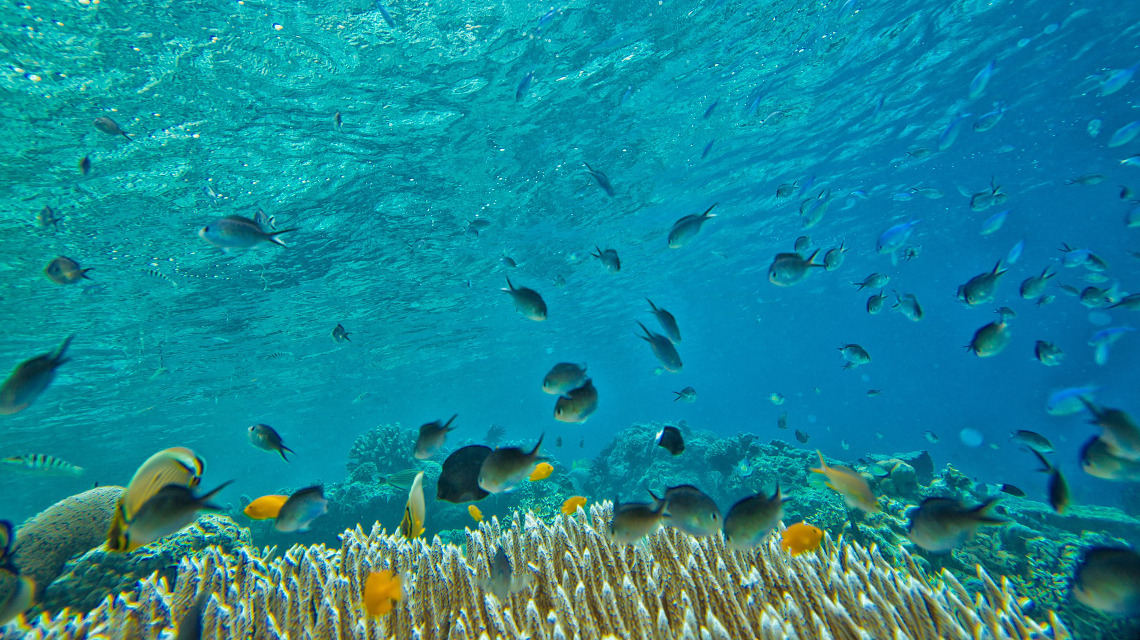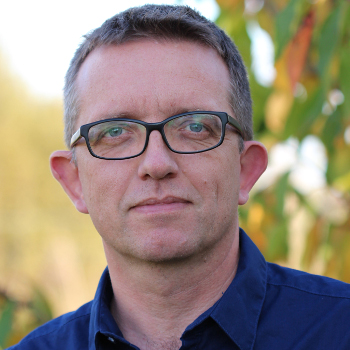One of eight species under threat
The global assessment of the World Biodiversity Council IPBES paints a dramatic picture of the situation of biological diversity on earth and calls for profound change.

How has biodiversity changed in recent decades? What are the causes and how can the loss of biodiversity be stopped? In the first global report on biodiversity, the World Biodiversity Council (IPBES) provides answers. The 1,500-page Global Assessment was presented to the public on 6 May in Paris – the most comprehensive report on this topic ever completed. 145 lead authors from 51 countries, including seven scientists from Germany, were involved. Over the past three years, 15,000 studies on the development of fauna and flora have been compiled, analyzed and supplemented by comments. For the first time, the knowledge of indigenous peoples was also taken into account.
The seven German lead authors all work at research institutes of the Helmholtz Association or the Leibniz Association. Four of them answered the questions of journalists in Berlin on 7 May, gave insights into the marathon of negotiations at the IPBES General Assembly in Paris and into the results of the IPBES report. " It was an amazingly positive and constructive atmosphere in Paris", reports Josef Settele. The researcher is an agricultural scientist at the Helmholtz Centre for Environmental Research (UFZ) and was one of the three co-chairs of the "Global Assessment". His work was supported by the Federal Ministry of Education and Research (BMBF) and the Federal Environment Ministry, among others.
Representatives from 132 member states, including the USA, debated the wording of the report for a week and finally voted on it. "The international community was able to reach a good consensus. Nothing has really been thrown out," adds Ralf Seppelt of the UFZ and lead author of the chapter "Scenarios and Ways into a Sustainable Future".
One million species threatened with extinction
For the first time, the IPBES report comprehensively describes the state of terrestrial and marine ecosystems and how biodiversity has changed since 2005. The facts are alarming. Whether on land, in water or in the air, the number of animal and plant species is declining dramatically worldwide. The extinction of species has never been as high as it is today. About one million of the currently known eight million animal and plant species are threatened with extinction over the next few years if humans do not change their way of life, say the authors. "We must not bite the hand that feeds us. We must make this clear to people," said marine ecologist Julian Gutt of the Alfred Wegener Institute and lead author of the chapter "Status and Trends in Nature".
The facts: 66% of the oceans have been changed by humans. 50% of coral reefs have disappeared in the past 150 years. The destruction of coastal areas such as mangrove forests endangers the livelihoods of up to 300 million people. Overfishing affects 33% of all fish populations, threatening many people's ability to feed themselves. "We must manage to use the oceans more sustainably," said Gutt. "But its utilization must be designed in such a way that ecosystems are preserved and can also supply future generations." The expansion of protected areas or fishing quotas would be suitable measures.
IPBES: Global assessment report on biodiversity
IPBES Global Assessment Summary for Policymakers: PDF Download
Assessment Co-Chairs Bios and Photos: PDF Download
Almost a quarter of land unusable
The loss of species on land is equally high: 85% of all wetlands have already been destroyed. 100 million hectares of tropical rainforest were cleared between 1980 and 2000, a further 32 million hectares between 2010 and 2015 alone. 23% of all land worldwide is now ecologically depleted and can no longer be cultivated. In addition, food production is threatened by the increasing loss of pollinator insects. The losses are estimated at up to 577 billion US-dollars. Among the animals threatened with extinction are primarily amphibians and birds, but also mammals, reptiles and fish.
More than a third of the land surface and almost 75% of freshwater resources are currently used for plant or livestock production. According to the IPBES report, plant production has increased by about 300% since 1970 and wood production by about 45%. "Every year, around 60 billion tonnes of renewable and non-renewable raw materials are extracted from nature worldwide - almost twice as much as in 1980," says Seppelt. "We are beginning to reach the natural limits of what is possible."
But what are the causes of species extinction? The authors make it clear that the loss of biodiversity is not solely due to environmental problems, but is also influenced by development, the economy, politics and, above all, social aspects. Nevertheless, five main drivers are named: First and foremost is the increasing use of land and sea by humans. In second place is the direct use of certain organisms such as intensive cod fishing, in third place climate change, fourth pollution and fifth invasive alien species. "The increasing use of soils and oceans, climate change and pollution are man-made and some of the main drivers of species extinction," says Settele. The result is a dramatic loss of biodiversity and thus of ecosystem performance worldwide.
Transformative change needed
In addition to the current situation, the report also identifies opportunities for the future. The authors are convinced that despite the dramatic development, there is still time to take counter-measures. The report also aims to better assess the Sustainable Development Goals (SDGs) set by the United Nations in 2015. "The trend is depressing," summed up landscape ecologist Ralf Seppelt: "The global sustainability goals can only be achieved through transformative change. Climate change, the deterioration of nature and a good quality of life are closely interlinked". "There are solutions, but there is still plenty of room for improvement," added marine ecologist Julian Gutt. His conclusion: "It makes no sense to fight climate change and deplete the oceans of fish at the same time. You have to combine the sustainability goals."
Recommendations for political action
But how can nature be used more sustainably in the future? In addition to sustainable production and consumption patterns, two points are decisive for the authors: firstly, the world population must grow more slowly than before, and secondly, meat consumption must be reduced. However, the authors do not believe in bans. They want to convince with facts. "We want to bring the issue of sustainability into politics by highlighting the consequences of action," Settele emphasizes. Without fundamental changes in the economy, technology and society, this change will not succeed. "It seems particularly important to me that people finally understand that resources are really limited," explains Almut Arneth from the Institute for Meteorology and Climate at the Karlsruhe Institute of Technology (KIT) and lead author of the chapter "Future Scenarios". "One person alone will achieve nothing. Consumers have just as much responsibility as large companies or schools," says Arneth.
With its global assessment, the World Biodiversity Council has created a working basis for the World Biodiversity Conference taking place in China in 2020. The authors hope that this report will serve as a basis for the adoption of a joint species protection agreement binding for the international community.
bb/um


